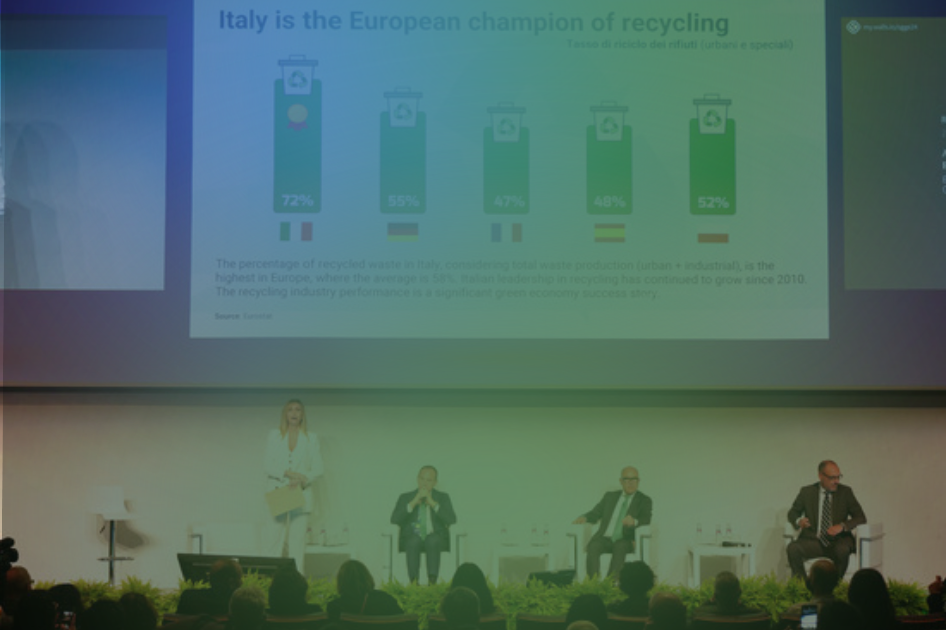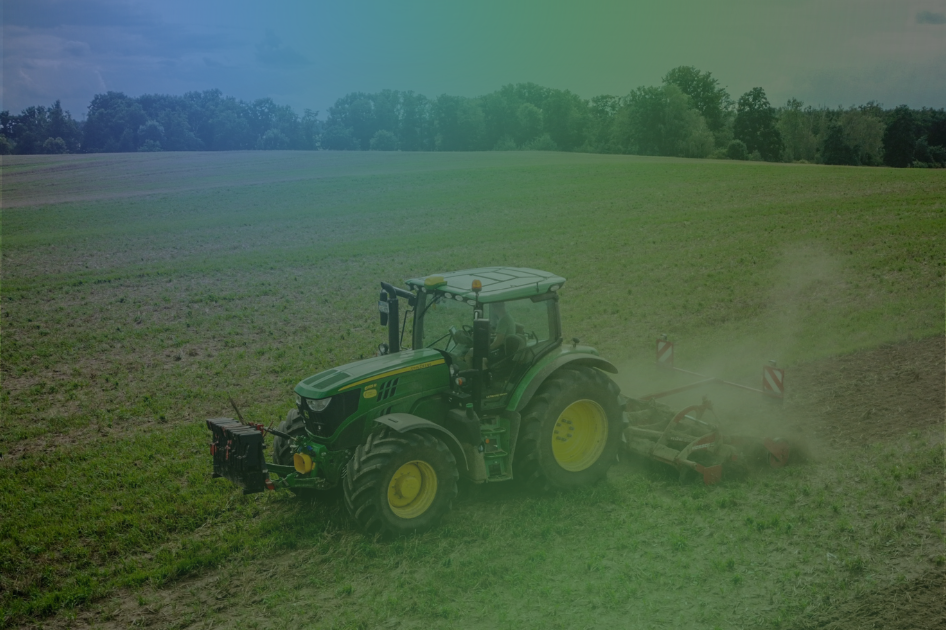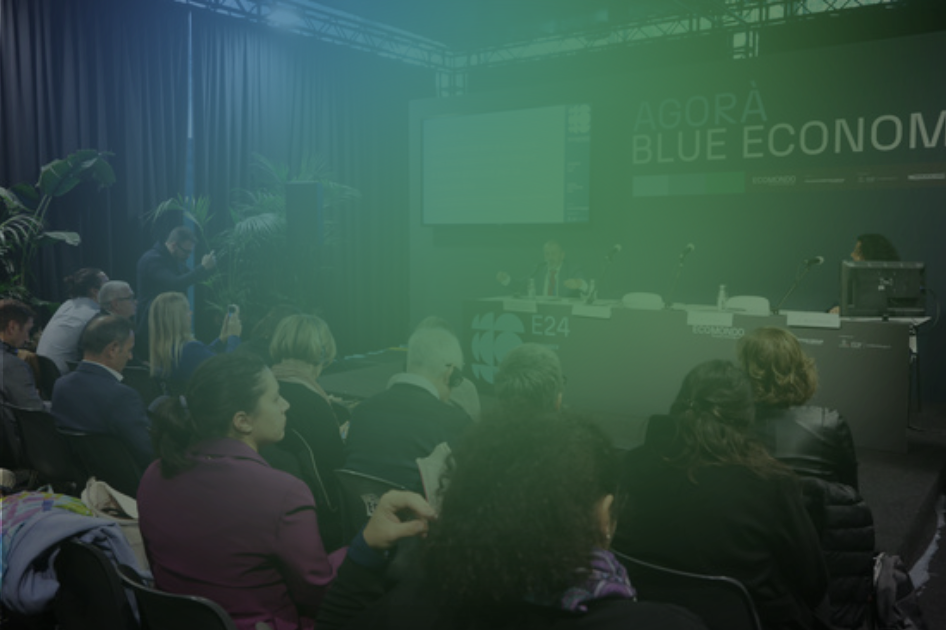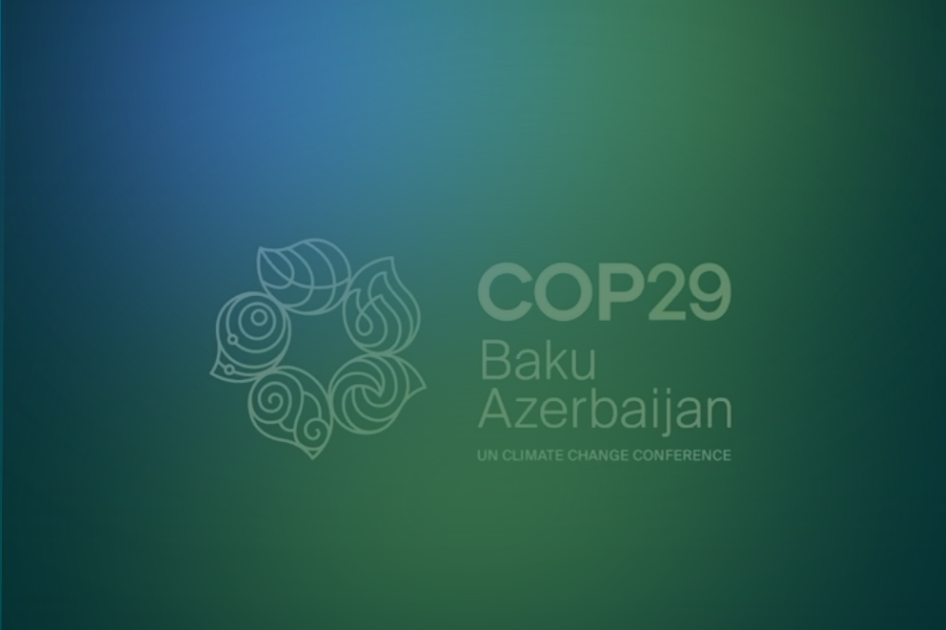In the path to diversify the energy mix pursued by the European Union, biogas is an important example of the circular economy. Additionally, considering that according to Eurostat, 98% of European natural gas demand in 2022 was covered by imports, also it is a key investment to increase EU competitiveness and leadership in clean technologies and to strengthen the resilience of the European energy system.
The difference between biogas and biomethane
Biogas is mainly composed of methane and carbon dioxide. This strategic renewable resource is derived from the anaerobic (in absence of oxygen) decomposition of biomass from various sources, including agricultural residues, food waste, livestock manure, and sewage sludge. Biogas can be used directly to produce electricity and heat through cogeneration, or it can be refined through the process of upgrading, which transforms it into biomethane. The latter is a purified compound that is interchangeable with conventional natural gas, making it suitable for injection into the national grid or for use as a transport fuel.
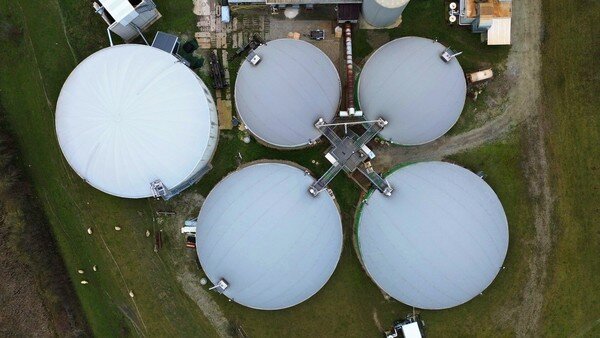
The growth potential of biogas in Europe
According to the latest data released by the European Biogas Association (EBA), the combined production of biogas and biomethane in Europe amounted to approximately 22 billion Smc (standard cubic meters) in 2023. This figure exceeds the entire domestic demand for natural gas in Belgium, Denmark, and Ireland combined and it represents 7% of the European Union's natural gas consumption in 2023.
Biomethane production alone grew to 4.9 billion cubic meters in the same year, with an installed capacity of 6.4 billion cubic meters/year by the first quarter of 2024. In terms of end uses, biomethane consumption is concentrated within the most energy-intensive sectors, thus promoting their decarbonization: in 2023, 23% of biomethane produced in Europe was used for transport, 17% for construction, 15% for energy production, and 13% for industry.
Looking ahead, the European target for 2030 is to reach 35 billion cubic meters of production as part of the REPowerEU plan. In light of the fact that at least €25 billion will be invested in European biomethane over the next five years, EBA estimates that this will support the creation of 500,000 jobs and generate additional €12 billion per year for the European bioeconomy.
Biogas and livestock farming: a strategic alliance
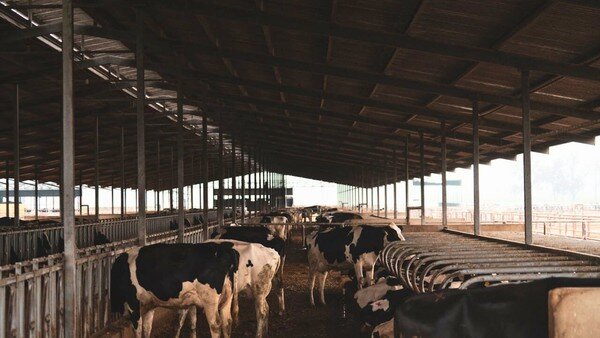
The production of biogas from livestock waste is one of the most concrete applications of the principles of the circular economy. Since it also allows to produce digestate, an excellent fertilizer for fields, it represents a fundamental process for sustainable agriculture.
However, the large-scale adoption of plants dedicated to this process is still limited since it connects with a number of limiting factors for profitability. According to a study by IEA Bioenergy conducted in seven countries (Germany, Austria, Norway, the United Kingdom, Ireland, Canada, and Australia), these include herd size, farm structures, availability of co-substrates (food waste, sewage sludge), objective sectors for the energy production (electricity, heat, biofuels) and access to public finance.
Article written by Maria Carla Rota
This Blog is an editorial project developed by Ecomondo with Renewable Matter
PUBBLICAZIONE
03/06/2025




